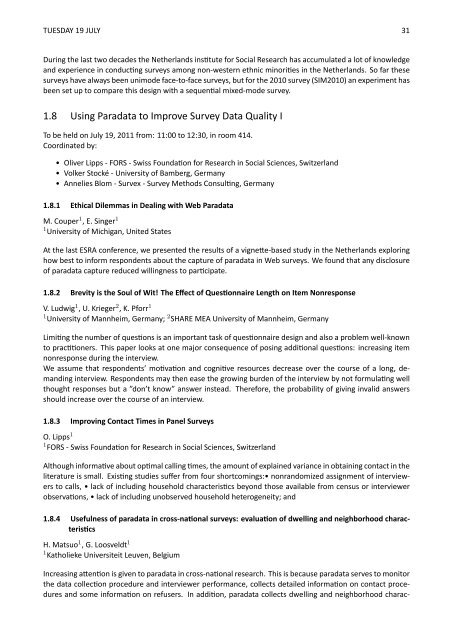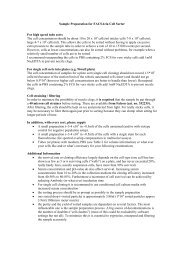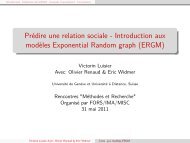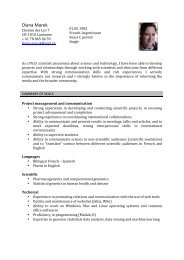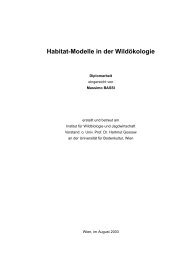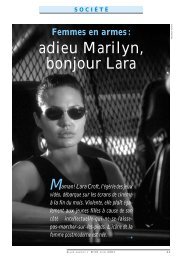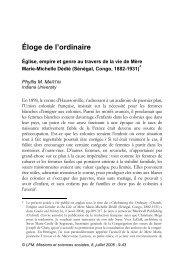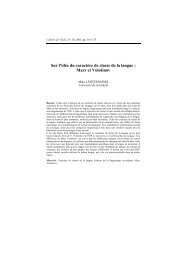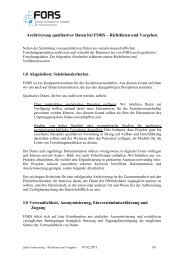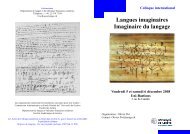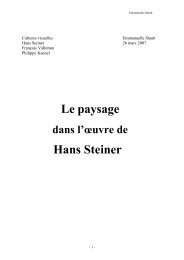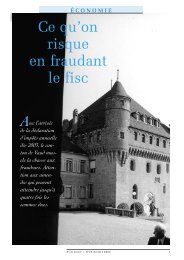conference programme book - European Survey Research ...
conference programme book - European Survey Research ...
conference programme book - European Survey Research ...
Create successful ePaper yourself
Turn your PDF publications into a flip-book with our unique Google optimized e-Paper software.
TUESDAY 19 JULY 31During the last two decades the Netherlands instute for Social <strong>Research</strong> has accumulated a lot of knowledgeand experience in conducng surveys among non-western ethnic minories in the Netherlands. So far thesesurveys have always been unimode face-to-face surveys, but for the 2010 survey (SIM2010) an experiment hasbeen set up to compare this design with a sequenal mixed-mode survey.1.8 Using Paradata to Improve <strong>Survey</strong> Data Quality ITo be held on July 19, 2011 from: 11:00 to 12:30, in room 414.Coordinated by:• Oliver Lipps - FORS - Swiss Foundaon for <strong>Research</strong> in Social Sciences, Switzerland• Volker Stocké - University of Bamberg, Germany• Annelies Blom - Survex - <strong>Survey</strong> Methods Consulng, Germany1.8.1 Ethical Dilemmas in Dealing with Web ParadataM. Couper 1 , E. Singer 11 University of Michigan, United StatesAt the last ESRA <strong>conference</strong>, we presented the results of a vignee-based study in the Netherlands exploringhow best to inform respondents about the capture of paradata in Web surveys. We found that any disclosureof paradata capture reduced willingness to parcipate.1.8.2 Brevity is the Soul of Wit! The Effect of Quesonnaire Length on Item NonresponseV. Ludwig 1 , U. Krieger 2 , K. Pforr 11 University of Mannheim, Germany; 2 SHARE MEA University of Mannheim, GermanyLiming the number of quesons is an important task of quesonnaire design and also a problem well-knownto praconers. This paper looks at one major consequence of posing addional quesons: increasing itemnonresponse during the interview.We assume that respondents’ movaon and cognive resources decrease over the course of a long, demandinginterview. Respondents may then ease the growing burden of the interview by not formulang wellthought responses but a ”don’t know” answer instead. Therefore, the probability of giving invalid answersshould increase over the course of an interview.1.8.3 Improving Contact Times in Panel <strong>Survey</strong>sO. Lipps 11 FORS - Swiss Foundaon for <strong>Research</strong> in Social Sciences, SwitzerlandAlthough informave about opmal calling mes, the amount of explained variance in obtaining contact in theliterature is small. Exisng studies suffer from four shortcomings:• nonrandomized assignment of interviewersto calls, • lack of including household characteriscs beyond those available from census or interviewerobservaons, • lack of including unobserved household heterogeneity; and1.8.4 Usefulness of paradata in cross-naonal surveys: evaluaon of dwelling and neighborhood characteriscsH. Matsuo 1 , G. Loosveldt 11 Katholieke Universiteit Leuven, BelgiumIncreasing aenon is given to paradata in cross-naonal research. This is because paradata serves to monitorthe data collecon procedure and interviewer performance, collects detailed informaon on contact proceduresand some informaon on refusers. In addion, paradata collects dwelling and neighborhood charac-


